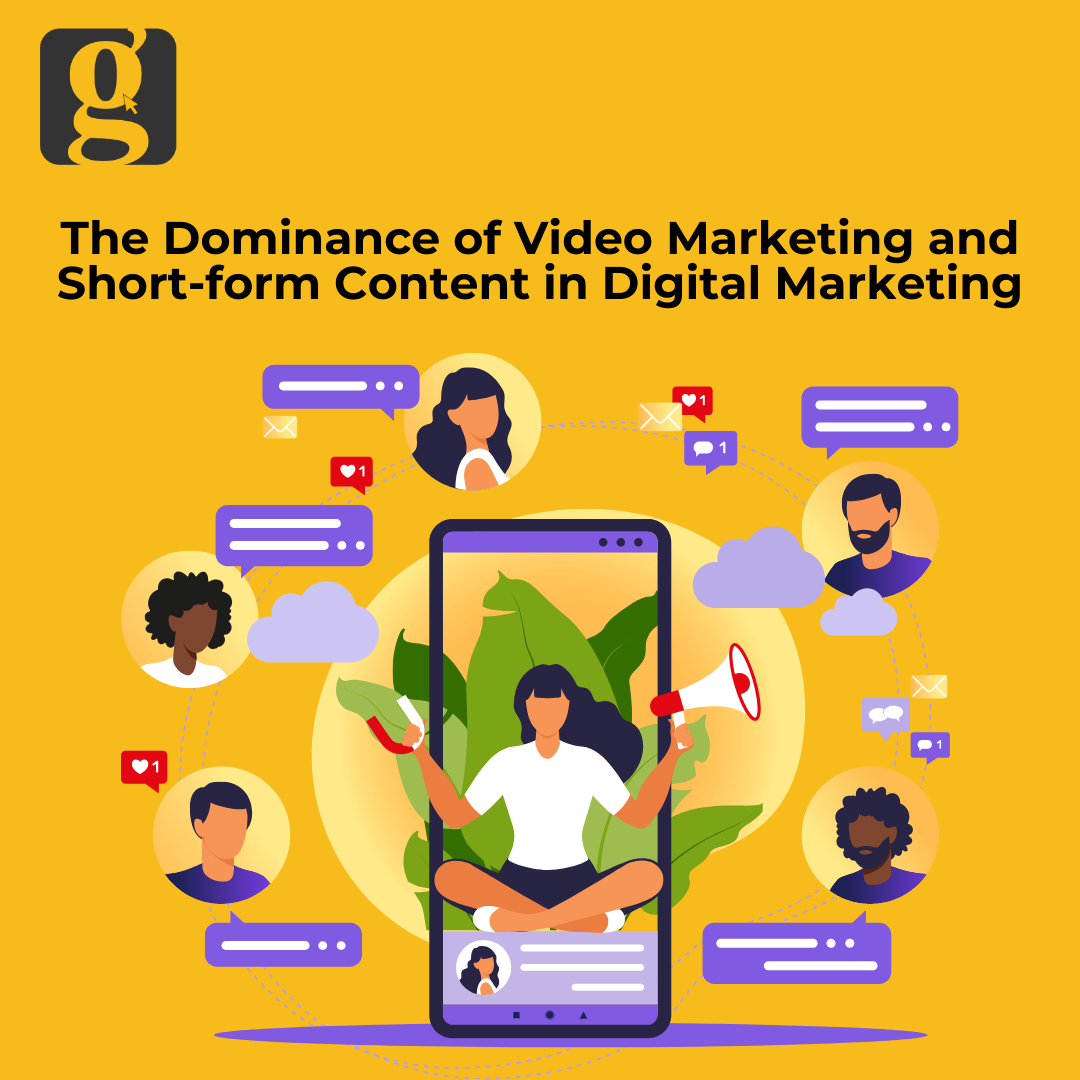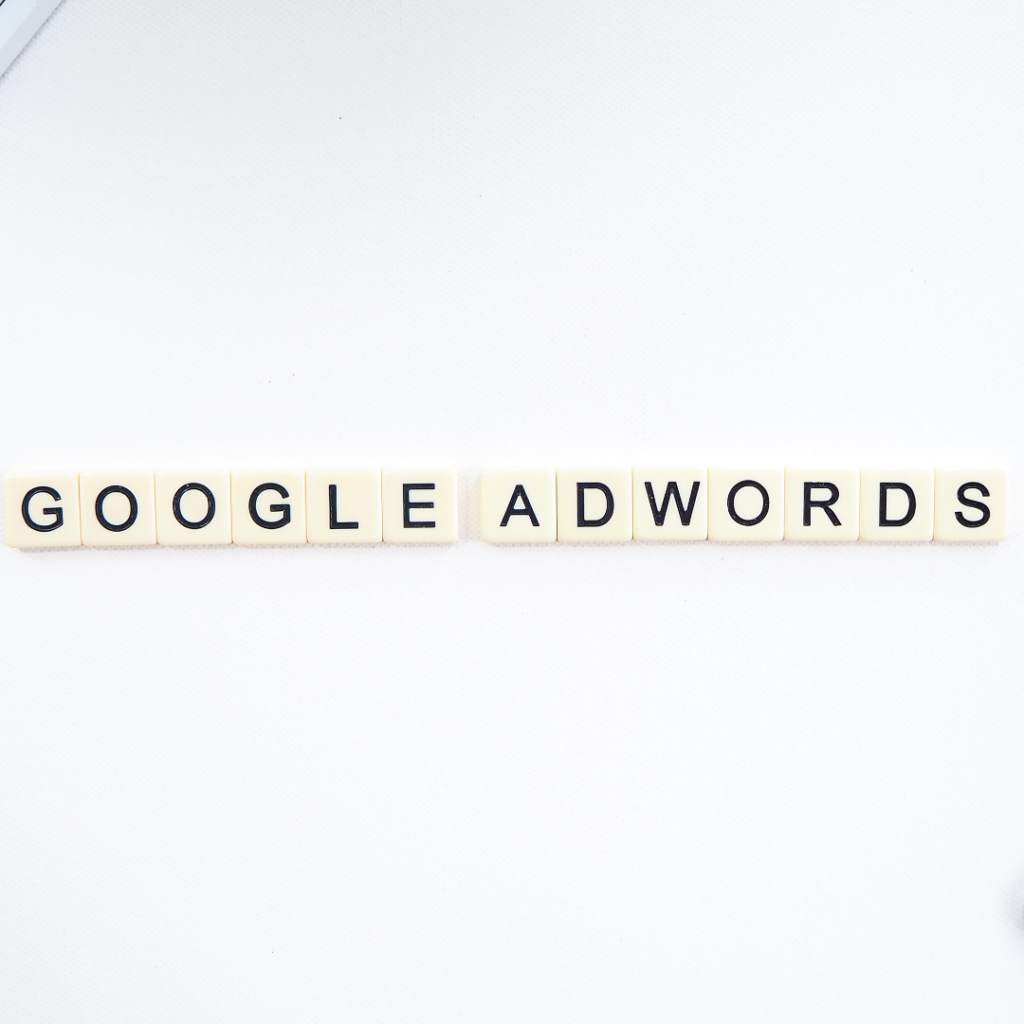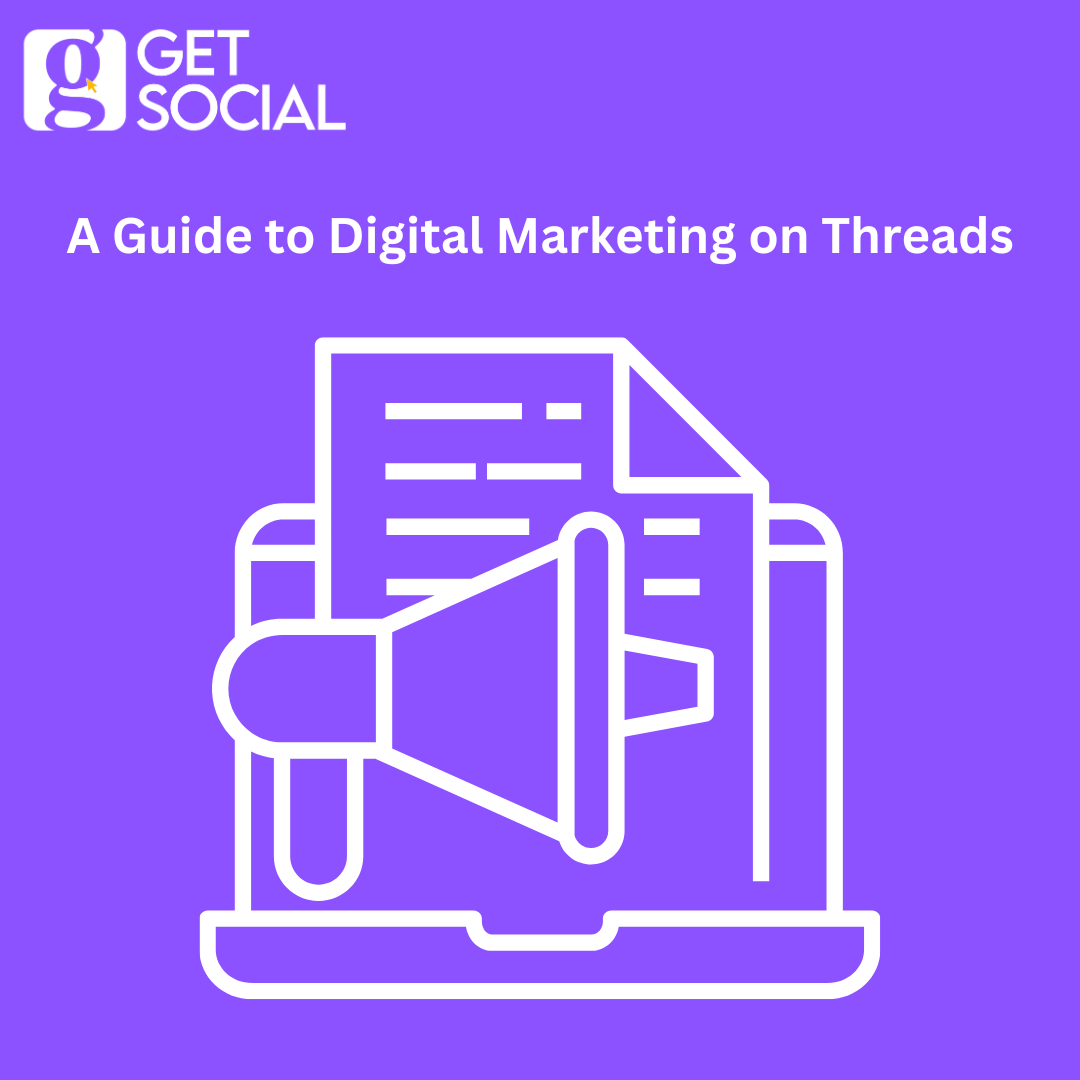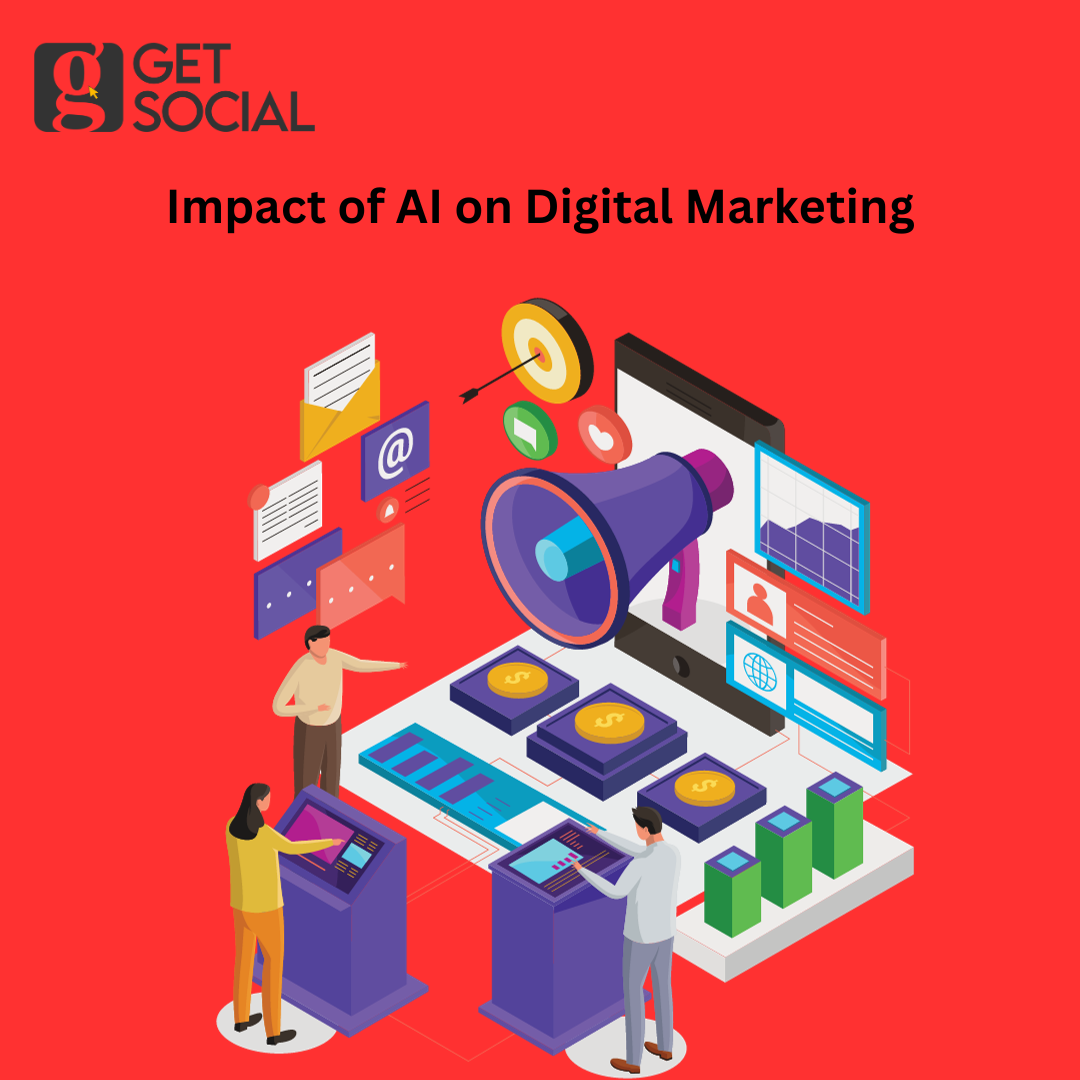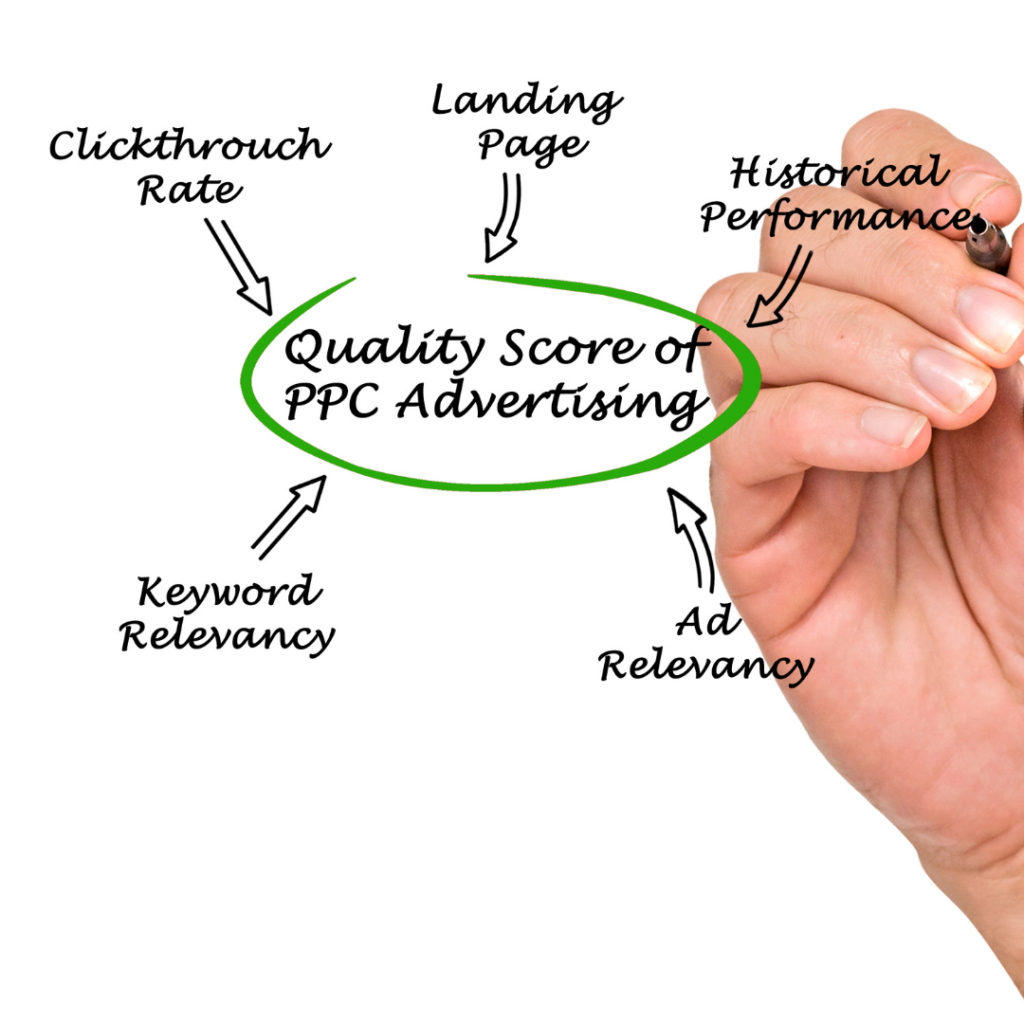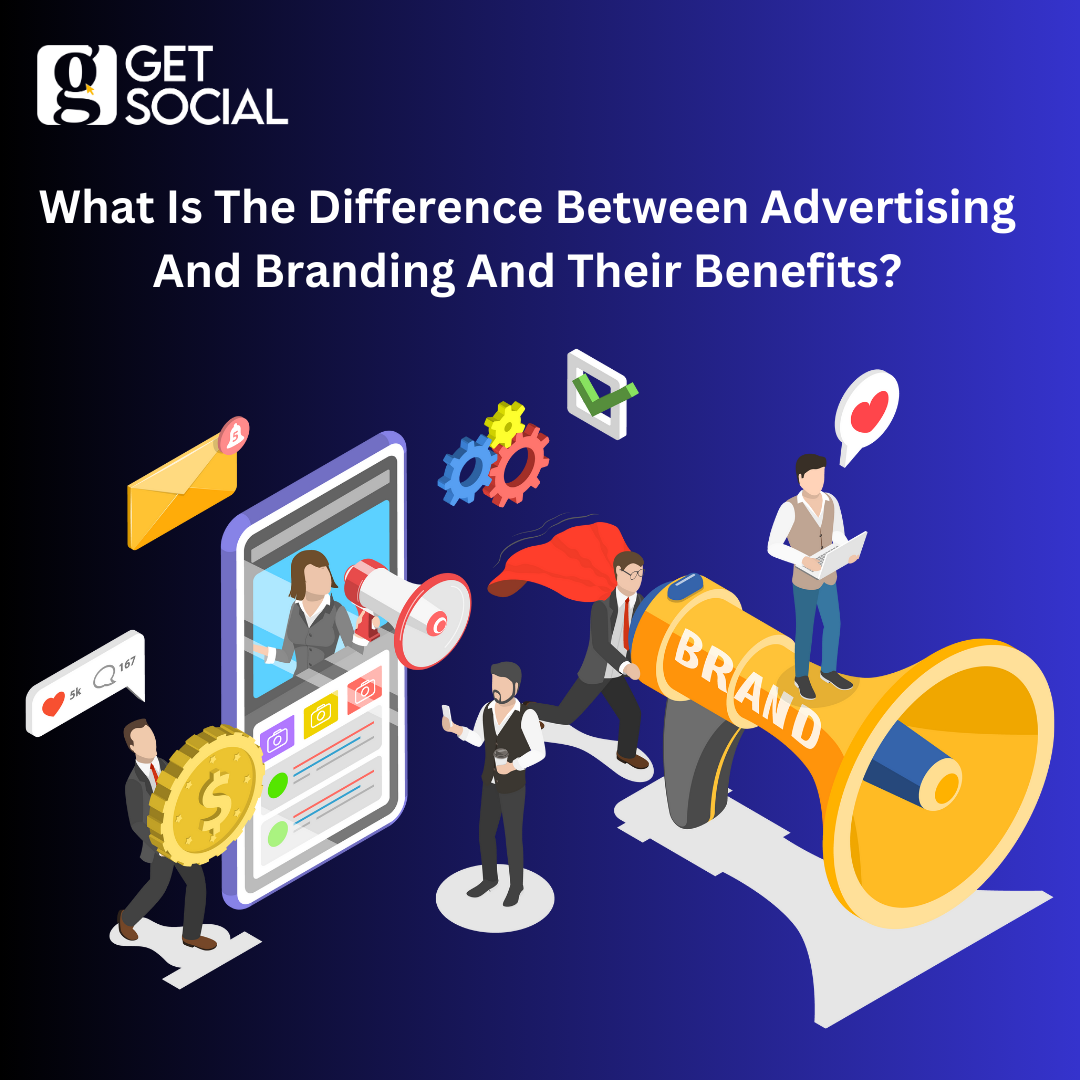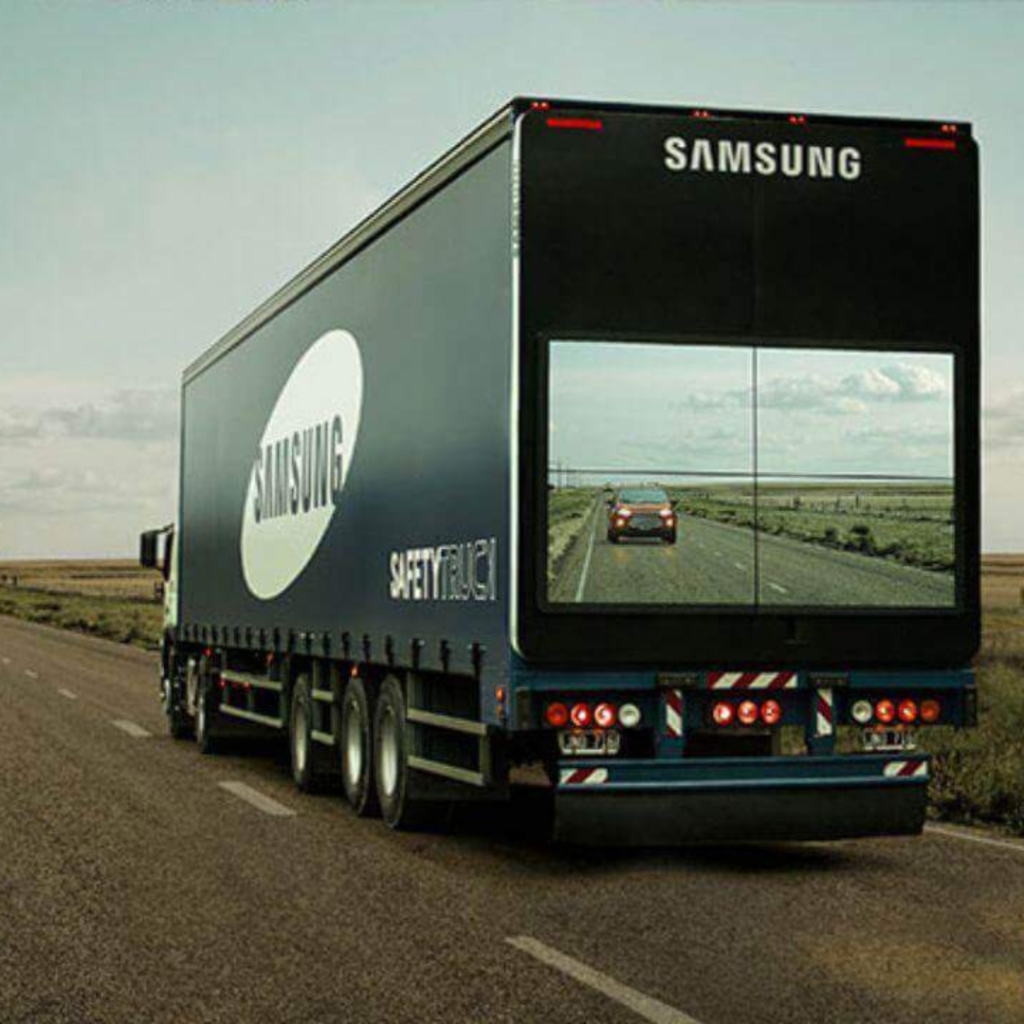In today’s fast-paced digital landscape, the consumption of online content is evolving rapidly, with video marketing and short-form content emerging as dominant forces.
From social media platforms to websites and email campaigns, businesses are increasingly leveraging these formats to engage audiences, build brand awareness, and drive conversions.
This comprehensive analysis will delve into the reasons behind the rise of video marketing and short-form content in digital marketing, exploring their effectiveness, trends, and best practices.
The Dominance of Video Marketing and Short-form Content in Digital Marketing
1. Evolution of Consumer Behavior
The surge in video marketing can be attributed to the evolving preferences and behavior of consumers. In an era characterized by information overload and diminishing attention spans, users seek content that is concise, visually appealing, and easily digestible.
Video marketing and short-form content fulfill these criteria, offering immersive experiences that capture attention and convey messages effectively.
2. Engaging Visual Storytelling
Video marketing allows brands to tell compelling stories and connect with audiences on a deeper emotional level. Through the combination of visuals, audio, and narrative, videos have the power to evoke emotions, evoke empathy, and leave a lasting impression on viewers.
Whether it’s a product demonstration, customer testimonial, or behind-the-scenes footage, video content enables brands to engage users in meaningful ways, fostering brand loyalty and advocacy.
3. Accessibility and Versatility
Advancements in technology have democratized video production and distribution, making it more accessible to businesses of all sizes. With the proliferation of smartphones and user-friendly editing tools, creating high-quality videos has become easier and more affordable than ever before.
Moreover, video content can be repurposed across various digital channels, including websites, social media platforms, email newsletters, and digital advertisements, maximizing reach and engagement.
4. Impact of Social Media Platforms
Social media platforms have played a pivotal role in popularizing video marketing and short-form content. Platforms like Facebook, Instagram, TikTok, and YouTube have introduced features that prioritize video content, such as autoplay, live streaming, and stories.
These platforms have become primary destinations for users seeking entertainment, information, and inspiration, creating vast opportunities for brands to connect with their target audience in authentic and meaningful ways.
5. Rise of Short-Form Content
Short-form content, characterized by its brevity and simplicity, has gained significant traction in recent years. Formats like Instagram stories, Snapchat snaps, and TikTok videos thrive on bite-sized content that captures attention quickly and delivers value within seconds.
The ephemeral nature of short-form content encourages spontaneous engagement and fosters a sense of urgency among users, driving higher levels of interactivity and sharing.
6. Mobile Optimization and On-the-Go Consumption
The proliferation of smartphones and mobile devices has reshaped the way consumers access and interact with content. Video marketing and short-form content are inherently optimized for mobile consumption, allowing users to engage with content anytime, anywhere.
Whether it’s during their morning commute, lunch break, or leisure time, users gravitate towards bite-sized content that fits seamlessly into their on-the-go lifestyle.
7. Enhanced Brand Visibility and Recall
Video marketing in Digital marketing and short-form content have proven to be highly effective in boosting brand visibility and recall.
Studies have shown that visual content is more memorable and attention-grabbing than text-based content, leading to increased brand recognition and recall.
By incorporating elements of storytelling, humor, or entertainment, brands can create memorable experiences that resonate with audiences long after they’ve consumed the content.
8. Data-Driven Insights and Optimization
One of the key advantages of digital marketing is the ability to track and analyze user engagement metrics in real-time. Video marketing and short-form content provide valuable data insights that enable brands to optimize their strategies for maximum impact.
Metrics such as view counts, engagement rates, watch time, and click-through rates offer actionable insights into audience preferences, allowing brands to refine their content and targeting strategies accordingly.
9. Integration with Influencer Marketing
Video marketing and short-form content seamlessly integrate with influencer marketing, a strategy that leverages the influence of social media personalities and content creators to promote products and services.
Influencers are adept at creating authentic and engaging content that resonates with their followers, making them valuable partners for brands looking to expand their reach and credibility and if you are looking for the best digital marketing agency in pimple saudagar thn get social is the right place for you.
10. Future Trends and Innovations
Looking ahead, the dominance of video marketing and short-form content is expected to continue, driven by technological advancements and shifting consumer preferences.
Innovations such as augmented reality (AR), virtual reality (VR), and interactive video experiences are poised to redefine the digital marketing landscape, offering new avenues for creativity, engagement, and brand storytelling.
Conclusion
Video marketing and short-form content have emerged as dominant forces in the realm of digital marketing, revolutionizing the way brands engage with audiences online.
With their ability to captivate attention, evoke emotions, and drive action, these formats have become indispensable tools for businesses seeking to stand out in a crowded digital landscape.
By embracing visual storytelling, optimizing for mobile consumption, and leveraging data-driven insights, brands can harness the power of video marketing and short-form content to forge deeper connections with their target audience and achieve their marketing objectives in a rapidly evolving digital ecosystem.

